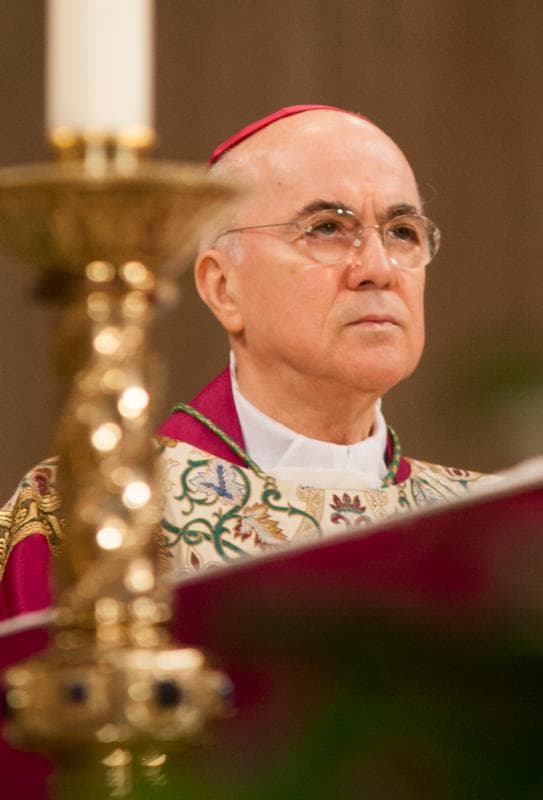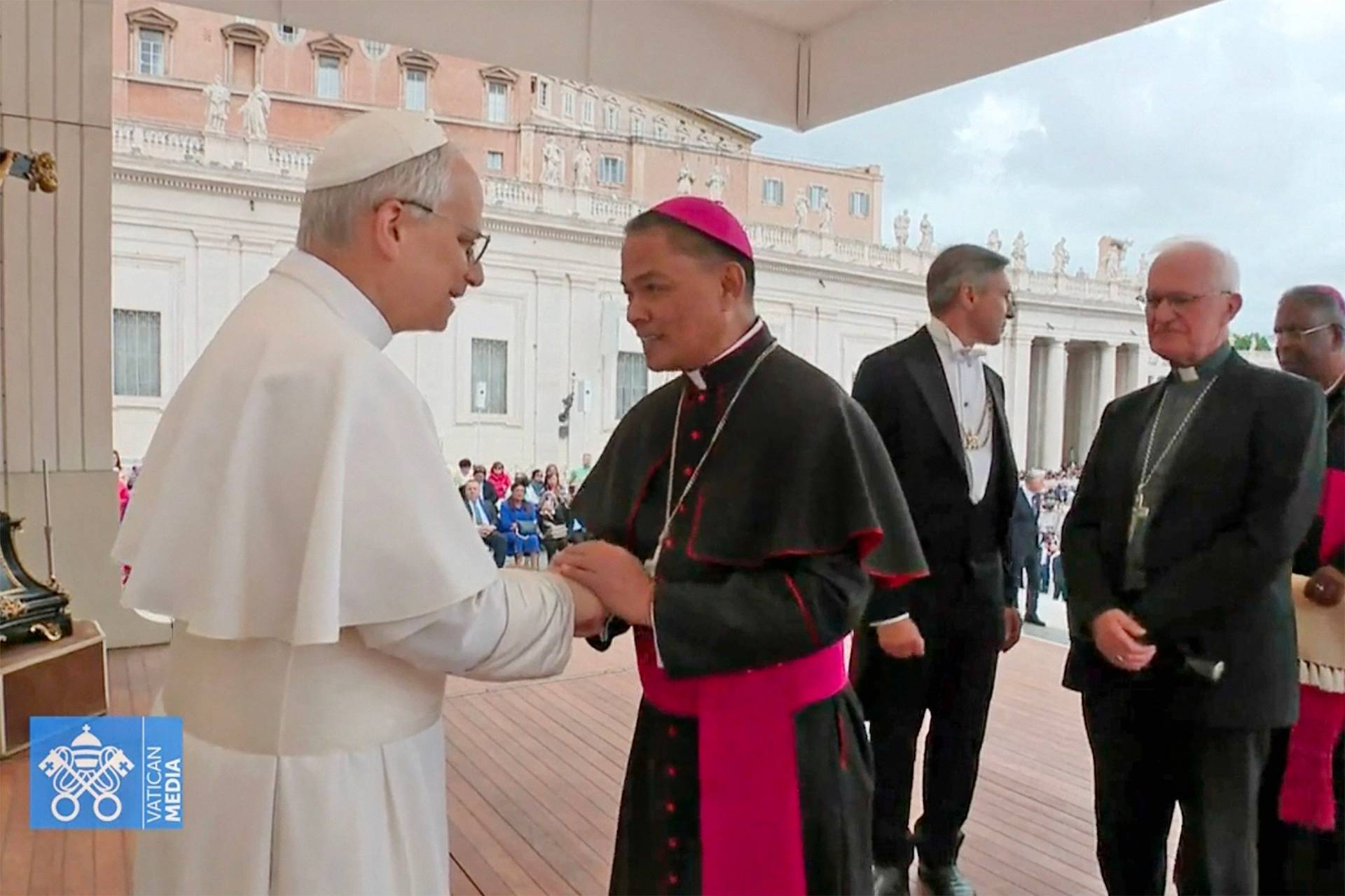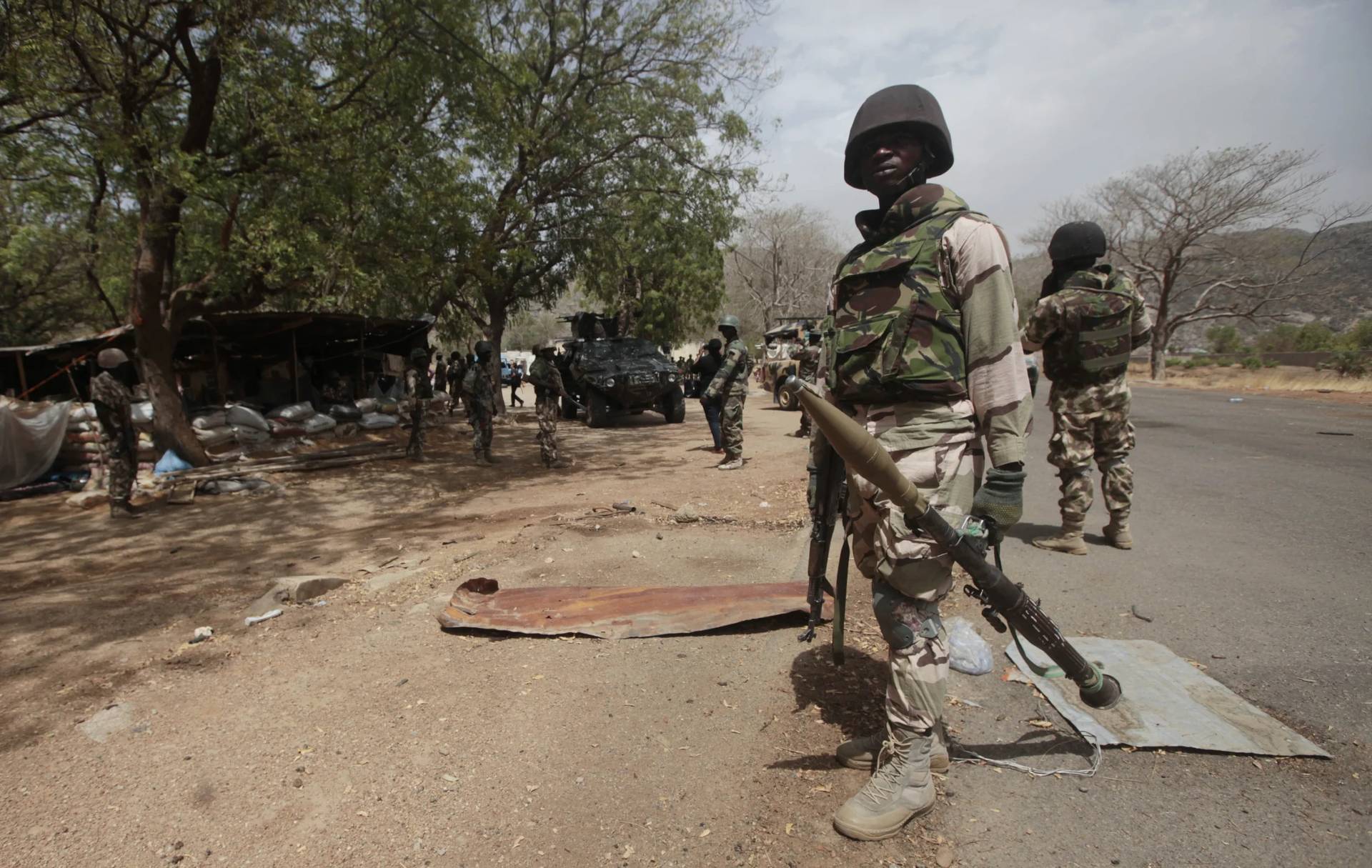[Editor’s note: Crux is publishing an occasional series of brief profiles in the ongoing drama surrounding clerical sexual abuse, ex-Cardinal Theodore McCarrick, and accusations of cover-up against various Church officials including Pope Francis.]
ROME — Italian Archbishop Carlo Maria Viganò, former Vatican ambassador to the United States, has a track record of making headlines, most recently with an explosive 11-page letter raising charges against more than 30 prelates, including Pope Francis, whom he faults for knowing about sexual misconduct allegations against ex-Cardinal Theodore McCarrick in 2013 and doing nothing.
While the letter caused uproar and led to an avalanche of commentary, with some backing Vigano for having unveiled layers of secrecy and deep-seated corruption, and others saying his letter did no more than air the Vatican’s dirty laundry with no real foundation, many basic allegations Viganò makes have yet to be proven.
Vigano’s history of would-be whistleblowing and controversy began long before the McCarrick affair, going back to his days serving as an official in the Vatican’s Secretariat of State. Not only was he a central figure in the infamous 2011-2012 “Vatileaks” scandal that erupted shortly after his transfer to the U.S., but even there, he managed to be an object of controversy.
Rise in Vatican diplomacy
Born to a wealthy family in the northern Italian town of Pavia in 1941, Vigano was ordained a priest in 1968. Even in seminary, according to classmates, was known as a boat-rocking personality type who would raise complaints or concerns.
Five years after his ordination, in 1973, he began his diplomatic career in the Vatican and held a string of progressively more significant posts. He held those roles until 2009, when he was appointed as Secretary General of the Governorate of Vatican City State. Among other things, the body oversees Vatican administration and general upkeep, the Gendarme Corps that monitor Vatican City, the pontifical villas, utilities and health services.
While there, Viganò earned a reputation as a determined and hands-on, sometimes even micro-managing, sort of leader. His reign in the Governorate came to a bumpy end in 2011, when he was name as the pope’s ambassador to the U.S., a position he held until his retirement in 2016 at the age of 75.
Vatileaks
As secretary general of the Governorate Viganò’s public exposure increased, and he gained a reputation for being a meticulous, yet at times micro-managerial, leader.
Viganò exploded into public view when he became a central figure in what would come to be known as the 2011-2012 “Vatileaks” scandal, when confidential documents were stolen from then-Pope Benedict XVI’s desk by his personal butler, Paolo Gabriele, and leaked to Italian journalist Gianluigi Nuzzi, who later published a book on the documents titled His Holiness: The Secret Papers of Benedict XVI.
RELATED: Journalist behind both ‘Vatileaks’ affairs says papal accuser is credible
Among the most noteworthy documents were two letters from Viganò to Benedict and Cardinal Tarcisio Bertone, the Vatican’s then-Secretary of State, alleging various forms of financial and personal corruption and insisting that his appointment was made in a bid to get rid of him for trying to crack down on illicit financial activities.
Then as now, Viganò’s letters were an odd mix of righteous indignation, seemingly hard facts, personal innuendo and recrimination, and a keen sense of enemies out to get him. For many observers trying to follow the situation, it was often hard to know what to make of it all.
Despite his appeal in the letter to allow him to keep his position in the Governorate, Viganò was officially named nuncio at age 70, thus squashing what some have said were his aspirations to become president of the Vatican City, a position that typically comes with a red hat.
Though Nuzzi, the journalist who published the leaked letters, has said that Vigano’s allegations against Francis and his complaints of financial misdealing are credible, others, particularly at the time of Vatileaks, have said the archbishop’s assertions were unfounded.
Still other questioned his real motives for remaining in Rome. His brother Lorenzo, also a priest, publicly claimed at the time that Viganò had taken advantage of Lorenzo’s illness to take control of family property and wanted to remain in Rome to make sure he didn’t lose control. He also flatly denied Viganò’s claim that he needed to stay behind to take care of Lorenzo, insisting that the two hadn’t been on good terms for years.
A controversial nuncio
While in the U.S., Viganò was highly praised in conservative circles and recognized as someone with a generally amicable personality.
He again become a source of public controversy when in 2015, during Pope Francis’ September visit to the U.S., he drew criticism for arranging an unannounced meeting between the pope and Kim Davis, the Kentucky county clerk who had been briefly jailed earlier that month for refusing to issue marriage licenses to same-sex couples, arguing that doing so went against her Christian faith.
The brief meeting created a media storm, and many argue that it overshadowed the pope’s otherwise successful first visit to the U.S. In the fallout, Viganò faced backlash for failing to properly advise the pope on how public reaction would play out for such a meeting.
In a statement issued last month following his 11-page letter on McCarrick, Viganò responded to media reports alleging that Francis had been uninformed about the Davis meeting in 2015, saying he had not only given the pope a one-page memo describing who she was, but that he had also briefed two of Francis’ top aides.
RELATED: Ex-Vatican spokesman challenge papal accuser over Davis meeting
In reply, two former Vatican spokesmen said that while Vigano might have given Francis a document, he had failed to convey the significance of the meeting and what sort of reaction it would provoke.
Viganò also has come under fire for allegations that he attempted to stop an independent investigation into claims of sexual misconduct against Archbishop John Nienstedt of St. Paul-Minneapolis, who resigned from the post in 2015.
RELATED: Questions still surround papal accuser’s role in Neinstedt probe
Media reports came out last month alleging that after holding meetings with Neistedt, who had worked alongside Vigano in the Secretariat of State during the 1980s, and two auxiliary bishops involved with the investigation, Vigano wrote urging them to close the investigation, despite mounting evidence. When they responded voicing disagreement, Vigano allegedly replied to their letter asking that it be destroyed.
Vigano vehemently denied the claims that he had sought to destroy evidence and that his request had been misunderstood. Until now, what exactly transpired is still unclear.














